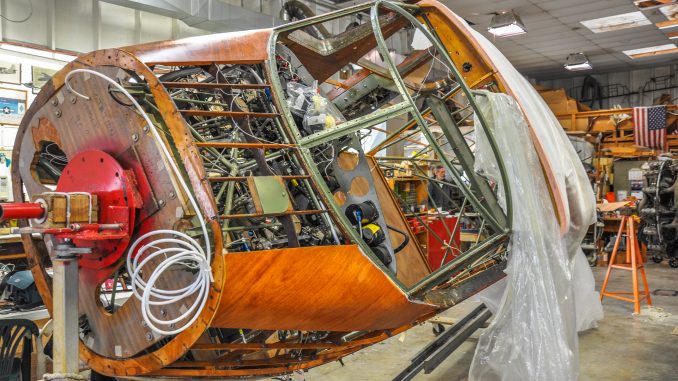
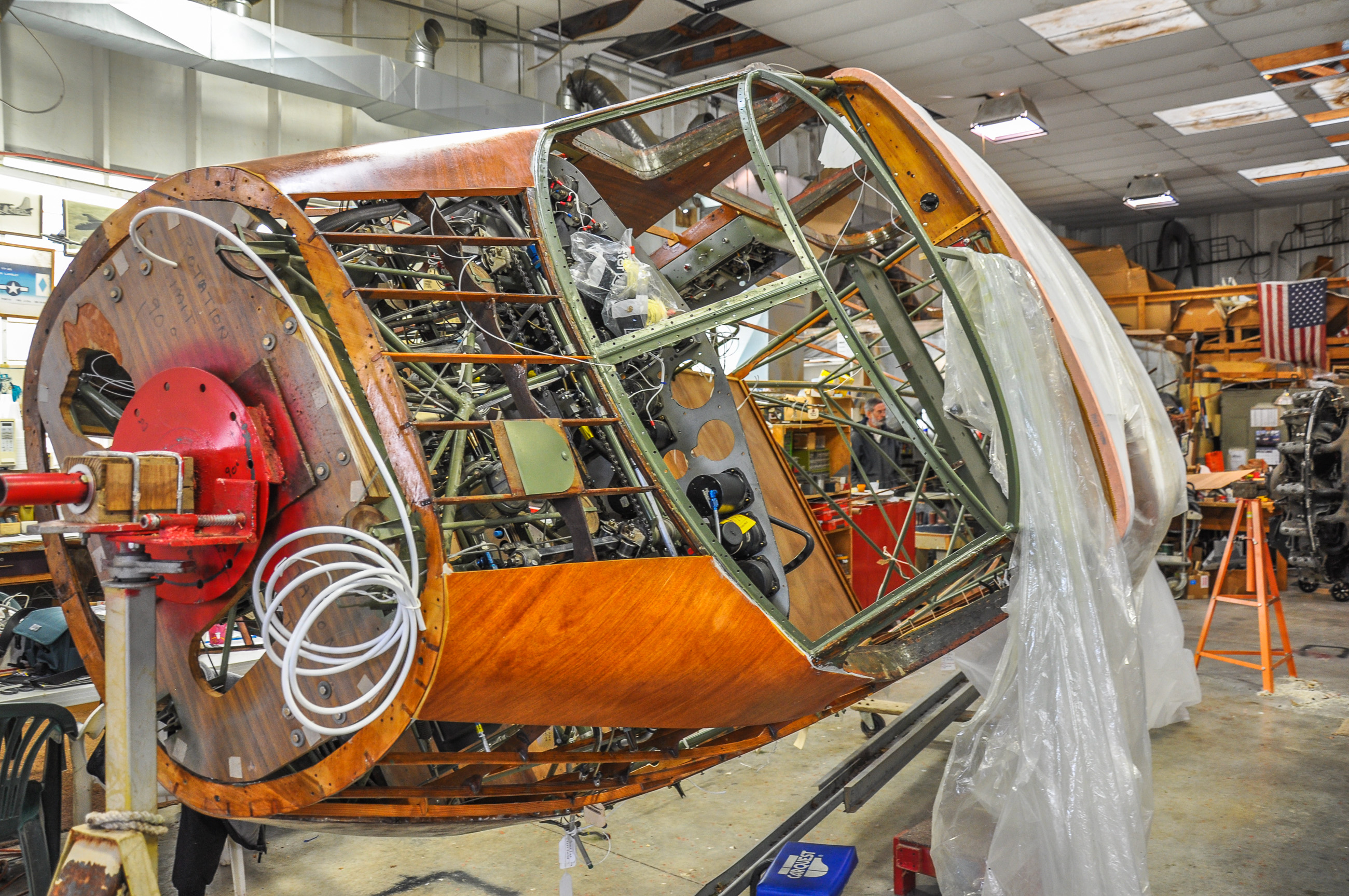
Article by David Cohen:
“If you’re going to go through all the trouble of fixing up an airplane…let it fly!” So says Jack Kosko, the leader of his team of volunteer aircraft restorers, sometimes referred to as “Kosko’s Krew” or the “Fawn Grove Crew”. And, Jack Kosko has certainly lived up to his words. Tucked away in a hangar amidst the rolling farmland of southern Pennsylvania, Kosko and his team of volunteers have worked twice a week for nearly 20 years to restore two TBM-3 Avengers and a Cessna UC-78 Bobcat. Kosko donated one of the Avengers to the Mid-Atlantic Air Museum in Reading, PA, and restored the second one for the Commemorative Air Force’s National Capital Squadron in Culpeper, VA. With their latest Avenger in the air again and delivered back to the CAF last year, Kosko’s crew is working on their second Bobcat project.
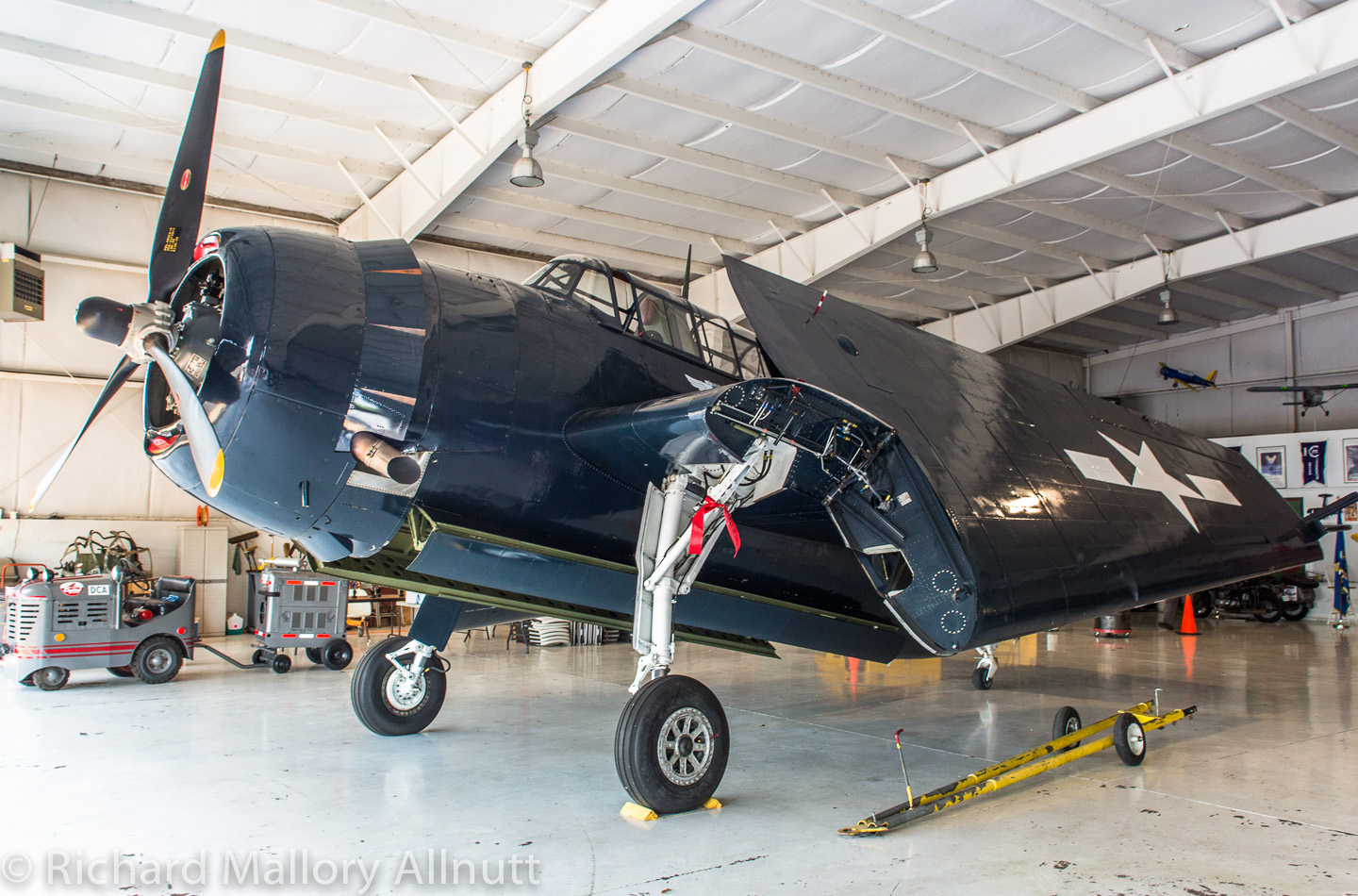
At a time when most people their age are considering slowing down (they average 85 years old!), Kosko and his crew are truly proving that “age is but a number”. All of the men bar one are military veterans. Jack Kosko himself flew as a radioman in Avengers with VT-23 off the CVL 27 USS Langley from late 1944 to mid 1945. Gene Ambrose was a Navy ship-fitter. Frank Darney served in WWII and was with the Air National Guard for some 40 years. Barry Stump was in the USAF during the Viet Nam War. They work from a hangar on Jack’s farm in Fawn Grove, PA, with the nearest airport being at least 25 miles away. Jack bought the farm “back in the day” as a place to retire to. Over the years, Kosko set up a winery on the land called Estraelon Vinyards (now closed). Right now, a farmer has leased their land to grow corn. It’s literally the aviation equivalent of “Field of Dreams”. Jack built the hangar for his initial TBM project when it was just him and Tiny. When people heard about the TBM, they came out to help him… so it is quite literally “Build it and they will come”. And once they came, they stayed. For the most part, only a very few people have voluntarily stopped coming to the hangar. Most of the crew has been there since the first TBM.
Their latest project is Cessna UC-78 Bobcat 43-4523, construction number 5043. The US Army Air Force accepted her officially from the factory on August 5th, 1943. By August 9th, she had flown to the Sacramento Air Depot for deployment to a training squadron. She spent her entire military life as a States-side trainer and hack. The military got rid of her shortly after the war, and the Bobcat soon found her way back to Cessna to undergo conversion into a “civilianized” transport, with features such as a more comfortable interior, civil radios and a colorful paint job. Her FAA file is pretty slim sadly, and no one knows how long the Bobcat flew in civi-street before donation to the Chicago Vocational High School in the 1950s for use as a training aid. While in Chicago, the Bobcat suffered the indignity of repeated disassembly and reassembly by many budding A&P students. Some of them undoubtedly caused a little damage along the way, but Bobcats were plentiful at the time, and she served an important purpose in training a whole host of future aircraft mechanics.
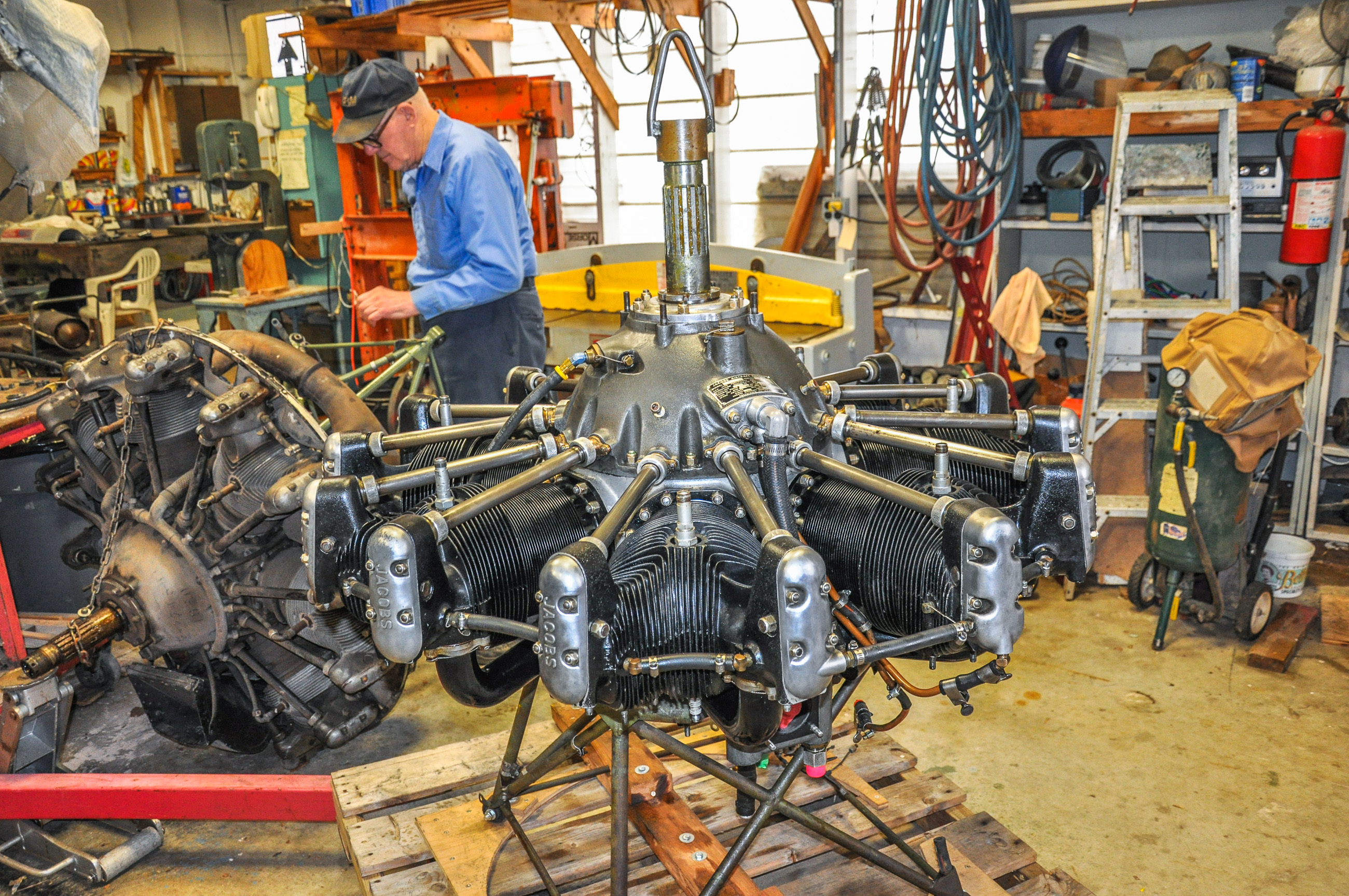
After many years in the static instructional role, the Chicago Vocational High School decided that the Bobcat was no longer current enough to be a relevant teaching tool. They put her into storage and eventually an individual purchased the aircraft as a project in the 1970s. Even though he collected the Bobcat, the man never reassembled the aircraft, and she changed hands several times over the years until Jack Kosko purchased her in November, 2004 soon after completing his first Avenger. His team got to work on the Bobcat, but it returned to the “back burner” once again so that Jack and his crew could restore the CAF Avenger.
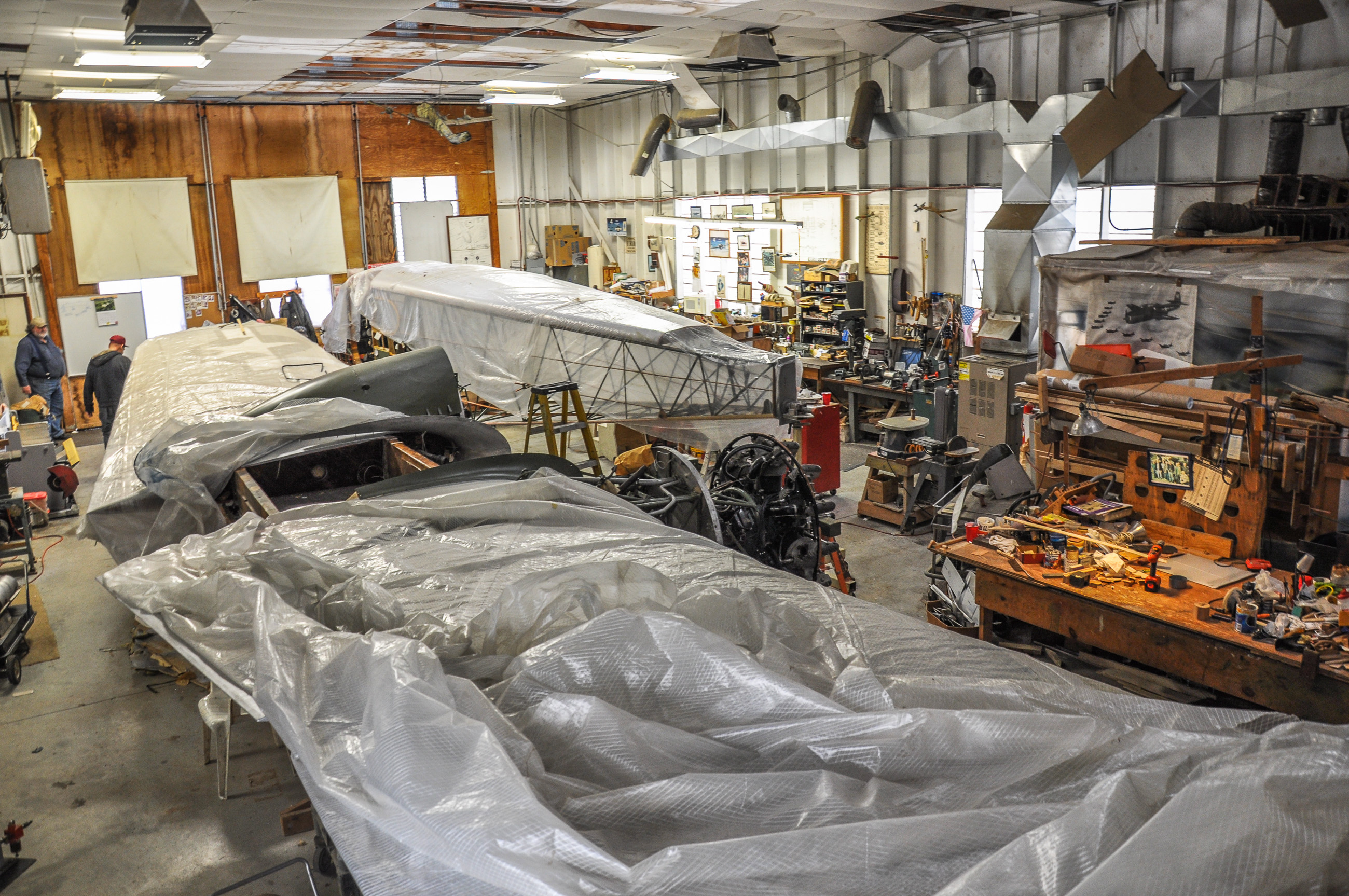
With the CAF Avenger leaving their hangar for final fitting at the end of 2012, work began in earnest on the Bobcat. Progress has been slow, but steady. “We watch the calendar, not the clock,” Jack explained. It is far more important for the crew to do the job right than to do the job quickly.
The winter of 2015 proved to be a brutal one with extremely low temperatures and frequent precipitation, so Kosko suspended work at the hangar until warmer weather finally arrived. Work recommenced in the last week of March, 2015.
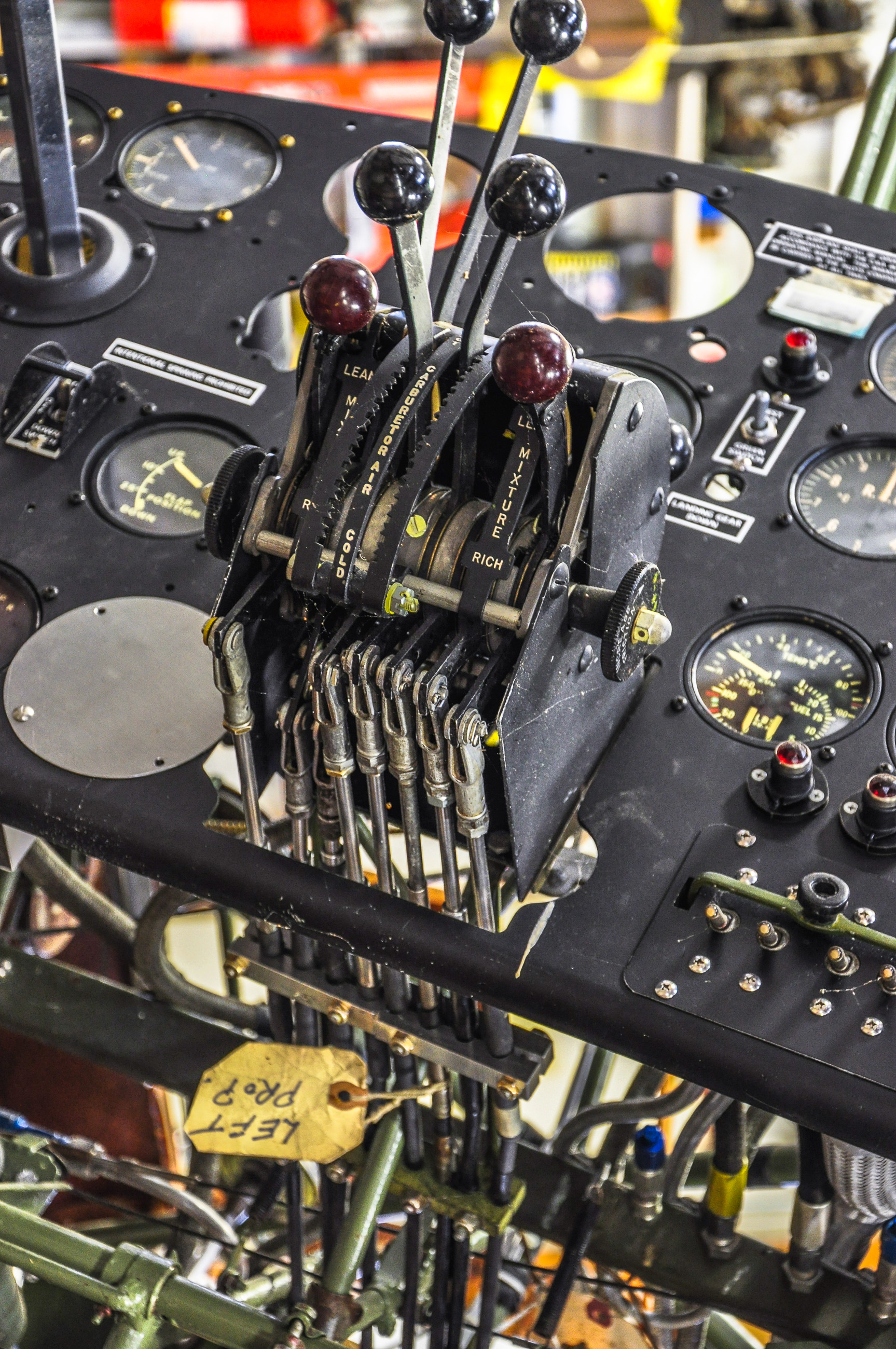
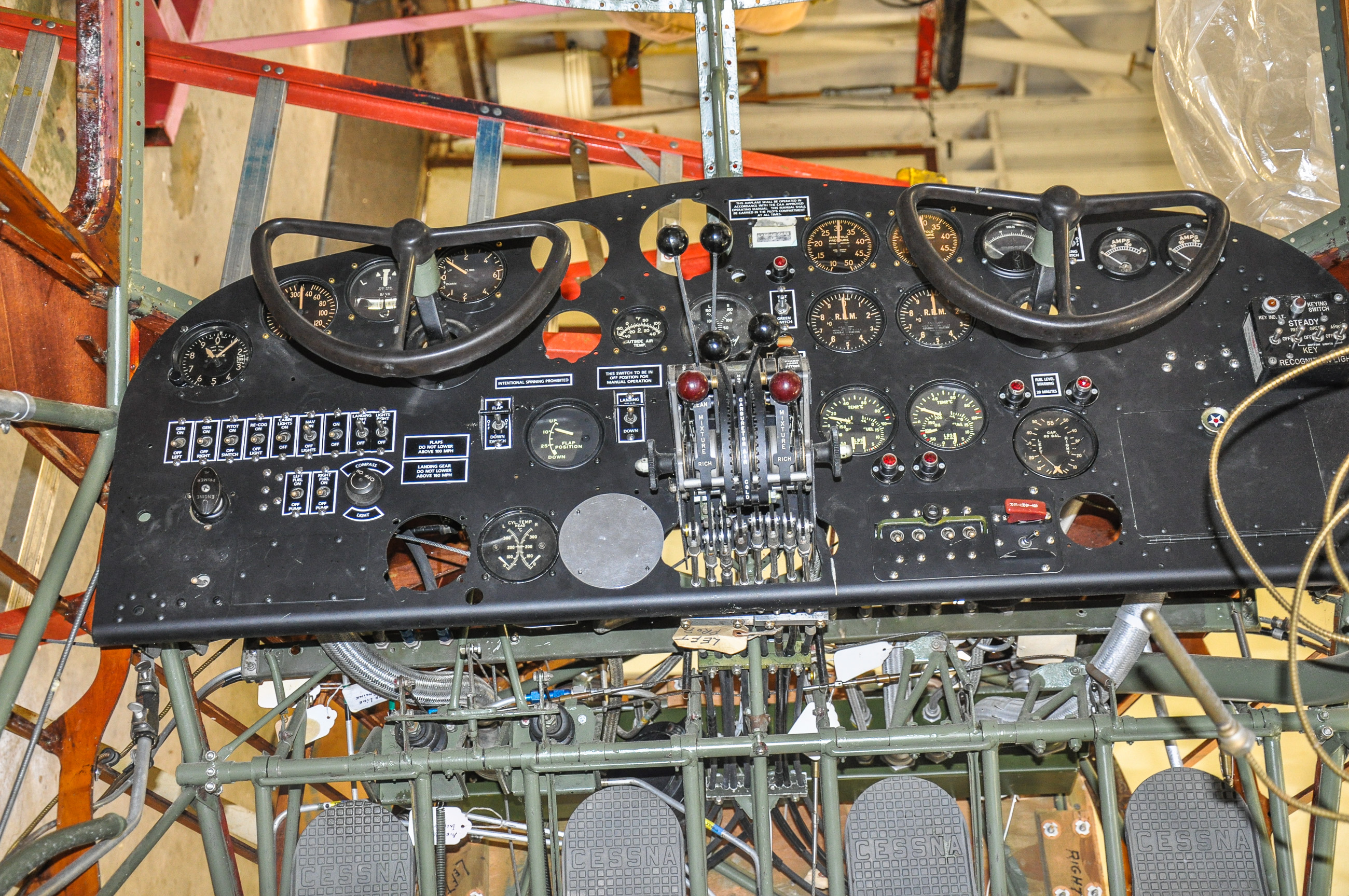
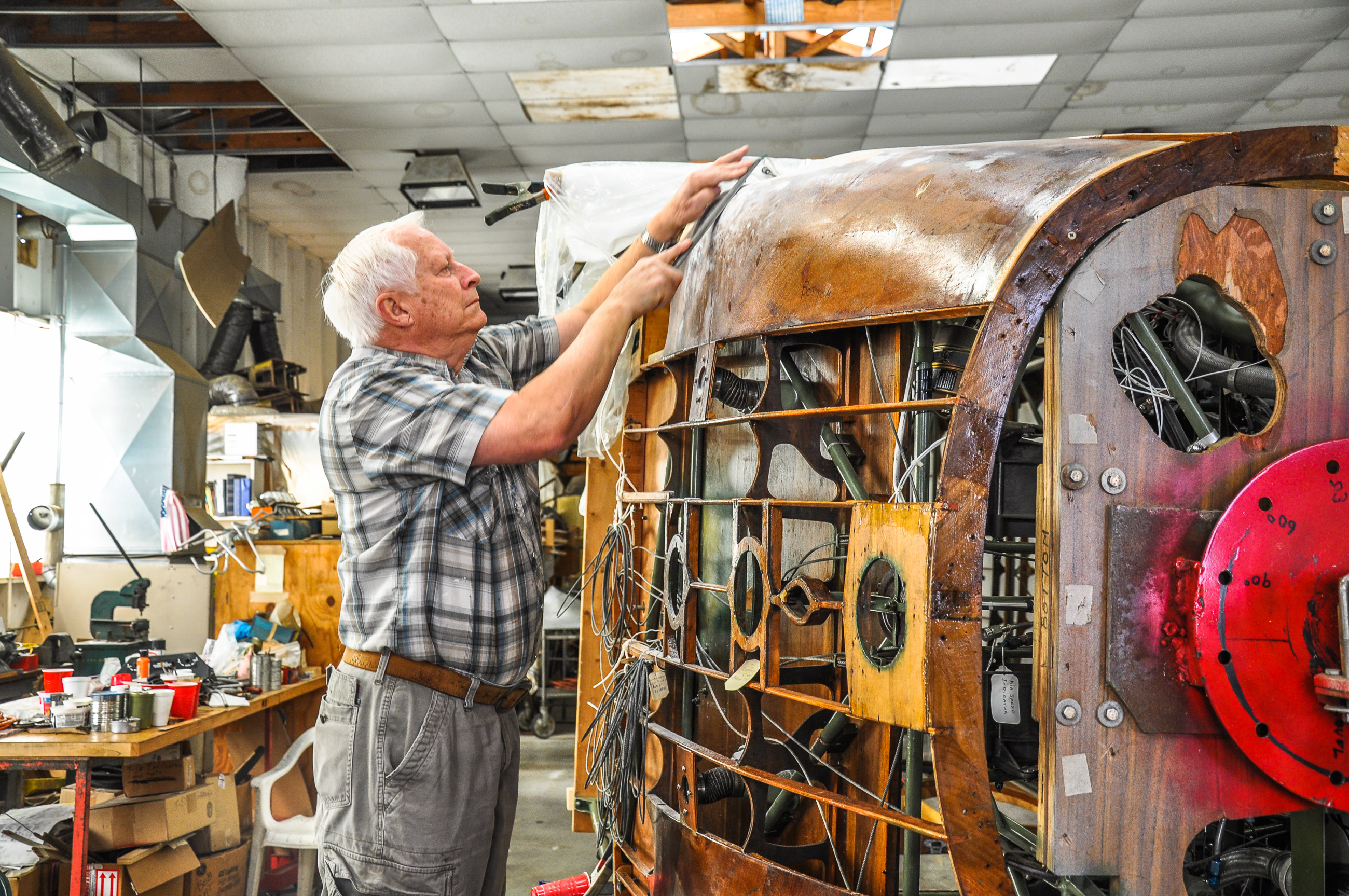
With much of the structural restoration completed, electrical wiring has been the biggest issue. The Bobcat’s wiring is remarkably complex…even more so than that on the TBM, and only one volunteer, Dick Santora, has been working on it. The other issue with a plane this small, in comparison to the TBMs, is that there are times when work gets held up because the group needs to wait for one particular volunteer to finish their work before they can proceed with the next stage. With the TBM, there was always something to do that could be completed separately from what someone else was doing. Much of the electrical wiring and instrument panel is complete now, and the fuselage is covered with canvas. Jack has acquired two low-time Jacobs engines for the project. The right engine is mounted and plumbed, and the crew is now working on the left engine. They have already test-fit the wings to the fuselage, although like the TBMs, final assembly will wait until the aircraft is delivered to an airfield for its test flights.
Jack Kosko and his crew aim to create “the most authentic UC-78” flying. Based upon the very high standard they have set with previous work, there is no reason to believe that they cannot achieve that goal. They plan to finish it in standard Army Air Force markings from 1944 — silver paint with the “Stars and bars”, but haven’t yet decided on where the plane will go once it’s flying again. Jack will donate the plane to a flying museum with the sole stipulation being that the plane has to fly regularly.
As far as what’s next? The talk is that they will probably want to do something small and simple so that they can get it in and get it out quickly. Thinking along the lines of a L-Bird, or maybe a PT series aircraft…
WarbirdsNews wishes to thank David Cohen very much for this article, and looks forwards to hearing updates on Kosko’s Crew as the Bobcat moves forwards. One has to be filled with admiration for what they have accomplished so far, and for their fighting spirit as well!




Mr. Cohen,
How can I get in touch with Mr. Kosko? My grandfather, Eddie Finn Sr. was an aerial flight gunner with the twenty third torpedo squadron aboard the USS Langley at the same time. Today would have been his 90th birthday. Please contact me at e.j.finn.iii@gmail.com. It would mean so much to hear from one of my grandfather’s shipmates!
Very Respectfully,
Eddie Finn III
I just happened to be on this Warbird site reading about the plan when I saw your e-mail. My Dad just turned 90 on July 24th. He lives in Woodstock Md. About 50 miles away. Comes here to where I live in Pa twice a week to work in our hangar with his volunteers. His phone # is 410 461-5432. I’m sure he would be glad to talk to you. He is getting frail but still very sharp. Speak Loud. LOL We use to go to the Langley Reunions but they have stopped.
Thanks for helping to keep the memories alive.
Kathy